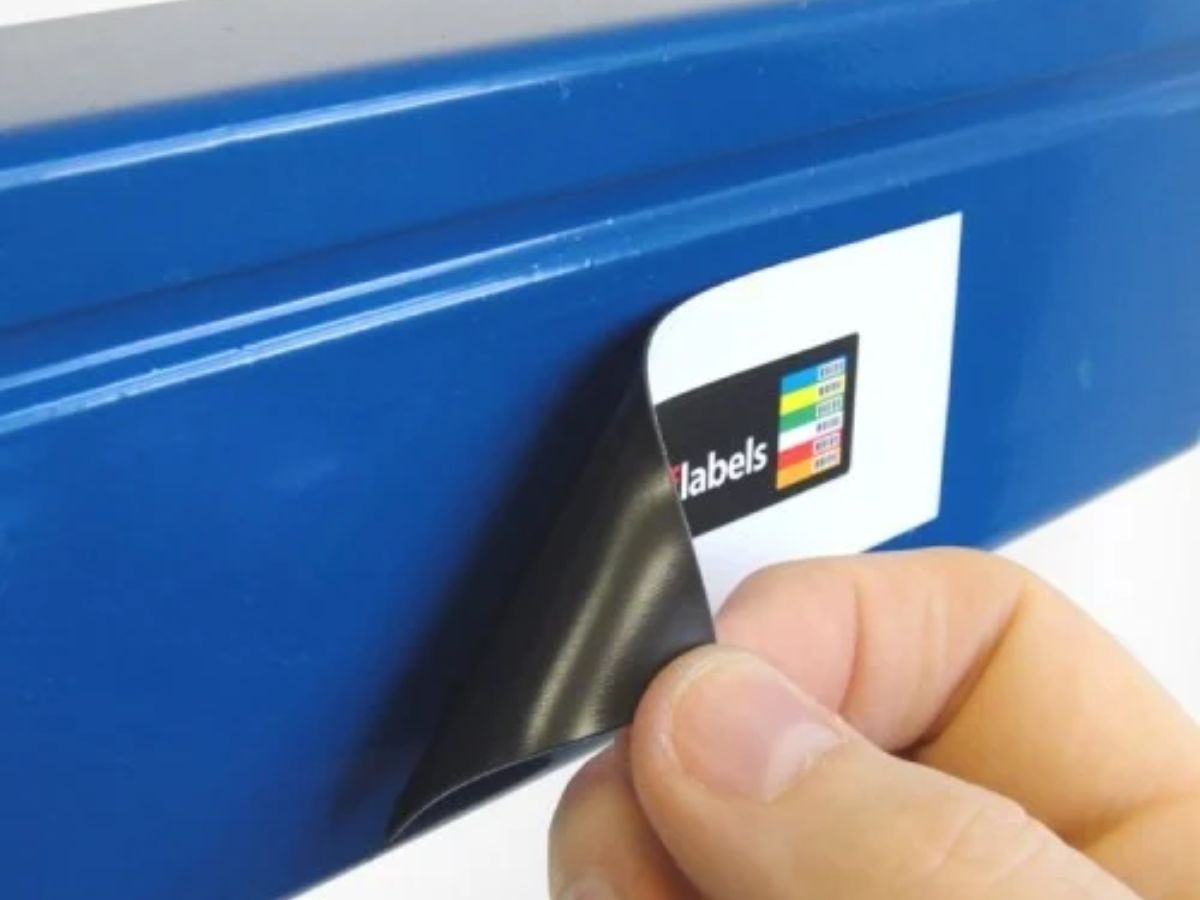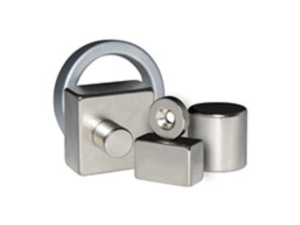

In this dynamic landscape of warehouse management, the importance of efficient labeling cannot be ruled out. However, you may need to go beyond traditional labeling to something unique.
In this context, magnetic labels have emerged as a breakthrough. Versatile, customized, durable and efficient, magnetic labels can be applied across various areas of your warehouse.
In this blog, we will learn the diverse applications of magnetic labels and how they can be strategically installed to improve organization and efficiency across your warehouse.
One of the most common uses of magnetic labels is on shelving units and racks.
Magnetic labels stick easily to metal surfaces, providing a secure hold without the need for adhesives or tapes.
This makes them ideal for labeling shelves and racks in your warehouse.
No wonder magnetic labels for shelves come with an effortless repositioning. This way, it is easy to accommodate inventory changes or modify the layout of your storage space as required.
If you are like most warehouses, you must have pallet racking in your facility. You can apply magnetic labels to the metal frames of your pallet racks, making it easy to identify the contents of each rack.
The durability of magnetic labels ensures that they withstand the rigors of a busy warehouse environment, offering a reliable solution for organizing pallets and streamlining the retrieval process.
Bins and containers are essential for maintaining organization in warehouses that hold smaller products or components. These bins can have magnetic labels affixed to them, providing an adaptable and reusable method of classifying and identifying contents.
Magnetic labels are a dynamic and flexible labeling solution for small-item storage because they are easy to reposition and make it simple to update information as bin contents change.
Desks and workstations serve as major hubs for organizing duties and processing papers in any organization. And Warehouses are not an exception.
These areas can be labeled with magnetic adhesive, which acts as a visual organizer.
Magnetic labels can help improve productivity in the warehouse’s administrative sections, whether it’s labeling workstations for specific tasks or providing clear instructions,
Navigating a large warehouse can be a daunting task for both new and experienced personnel. Magnetic labels can be used for aisle signage, providing clear and visible indicators for different sections of your warehouse.
The vibrant colors and bold fonts of magnetic labels enhance visibility, reducing the likelihood of confusion and making it easier for workers to locate specific aisles or storage areas.
Temporary storage areas, such as those designated for incoming or outgoing inventory, can benefit from the use of magnetic labels.
These labels can be easily applied to metal surfaces, providing a quick and efficient way to categorize and identify items in transit.
The dynamic adaptability of magnetic labels allows for seamless adjustments as inventory levels fluctuate, ensuring that these holding areas remain organized and easily manageable.
In a warehouse, various types of equipment and machinery contribute to daily operations.
Magnetic labels can be used to mark and identify this equipment, providing important information such as maintenance schedules, safety guidelines, or usage instructions.
The durability of magnetic labels ensures that this critical information remains visible and intact, contributing to a safer and more organized working environment.
Efficiency in shipping and receiving is essential for the overall success of a warehouse.
Magnetic labels can be employed in these areas to mark shipping bays, designate specific areas for incoming or outgoing shipments, and provide important information related to each shipment.
The versatility of magnetic labels allows for quick adjustments as shipping schedules and requirements change.
Look for magnetic labels for warehouses that are made from high-quality materials that can withstand the challenges of daily use. Opt for labels that are resistant to tearing, fading, and other forms of wear and tear. Labels with a strong magnetic backing ensure a secure hold on metal surfaces, contributing to their longevity.
Consider the size of your shelving units, racks, or any other surfaces where you plan to use the labels. Labels that are too small may compromise readability, while labels that are too large can overwhelm the space.
Look for magnetic labels that offer customization options such as color-coding, different fonts, and the ability to add barcodes or other identifying information.
This feature is particularly beneficial in dynamic warehouse environments where inventory and storage arrangements frequently change. Choose magnetic labels that can be effortlessly peeled off and moved without leaving residue or causing damage.
When choosing magnetic labels, prioritize those with a magnetic backing that provides a secure hold without the need for additional adhesives or tapes. This not only enhances the ease of application but also contributes to a cleaner and more organized warehouse environment.
While the initial cost of magnetic labels may be slightly higher than traditional labeling methods, consider the long-term cost-effectiveness of your choice. Durable labels that require fewer replacements and offer time-efficient applications can result in significant cost savings over time.
Whether you are labeling shelves, racks, bins, or other metal surfaces, the magnetic backing should provide a strong and secure hold. Testing the compatibility of labels with different surfaces in your warehouse environment can help prevent issues related to adhesion and ensure a reliable labeling solution.
Magnetic labels are a useful tool in many parts of your warehouse because of their adaptability.
A versatile and dynamic option for effective organizing, magnetic labels can be used on a variety of items, including workstations, shipping spaces, storage units, and racks.
By strategically incorporating magnetic labels into your warehouse management strategy, you can enhance visibility, streamline processes, and create a more efficient and responsive operational environment. Whether it is magnetic labels for shelves, racks, or bins, choose the right one that can align with your requirements. As inventory management continues to be dynamic, the role of simple solutions like magnetic labels will become more important than ever.

Magnetic sheeting is a flexible material that can be magnetized on one side and often has an adhesive or printable surface on the other. It

Magnets come in various shapes and sizes, each designed for specific uses. Understanding the different shapes of magnets, their properties, and their applications can help

Magnets are a fascinating part of our everyday lives, from the magnets on our fridge doors to the powerful magnets used in advanced technology. There
Our magnet experts will help you get exactly what you need – custom or stock – in record time with great quality at a very competitive price.
Ⓒ 2024 - All Rights Are Reserved